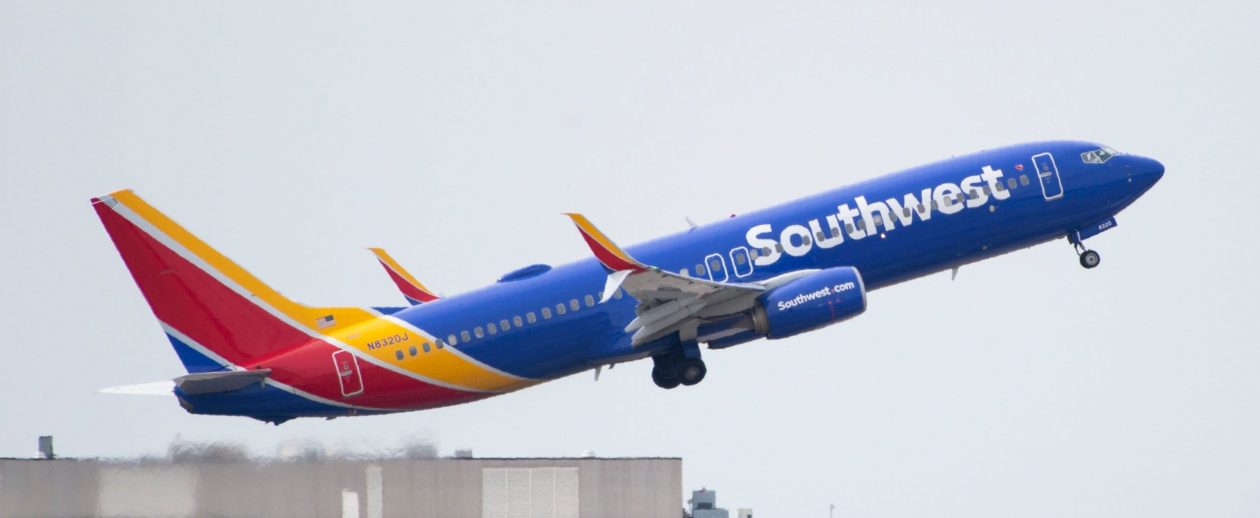There is a common thought from many people, including myself before I started flying, that once the pilots takeoff, they click the “autopilot” button, recline their seat, and relax. When I first got into aviation, I pretty quickly realized that this is not the case.
There are hundreds of things that the pilots need to do on a commercial flight, that keep them busy from start to finish. In fact, actually hand flying the plane (having the autopilot off), is the easiest thing in the flight for many pilots. In this post, I am going to highlight a few of the main things that pilots do to stay busy during a standard commercial airline flight.
The first thing that they need to do is talk to air traffic control in order to receive their clearances, and instructions. Flying on a commercial flight is not as simple as the pilots just going directly to their destination airport. During a flight, air traffic control is telling the pilots exactly what to do, and in order to maintain the safety of the flight, they must follow these instructions.
The second major thing that all pilots do on every flight is manage the systems of the airplane. This can be monitoring the engine, monitoring the hydraulics, electrical systems, pressurization, and anti-icing systems. These are all things that the pilots are constantly scanning while in the cruise portion of the flight.
Finally, the pilots are briefing their arrival. The busiest portion of the flight is the arrival into their destination airport. One of the most crucial parts of the flight is the in-depth briefing that the pilots give on the arrival and approach into their destination airport. This is especially important if there is inclement weather at their destination.
Overall, the entire flight for a commercial pilot, or any pilot for that matter, is busy. There is always something that the pilots are doing in the plane, even when you are in cruise. After all, the reason autopilot was invented was because the pilots would be overloaded if they had to hand fly the plane, and they had to manage all of the systems, briefings, and etc.
